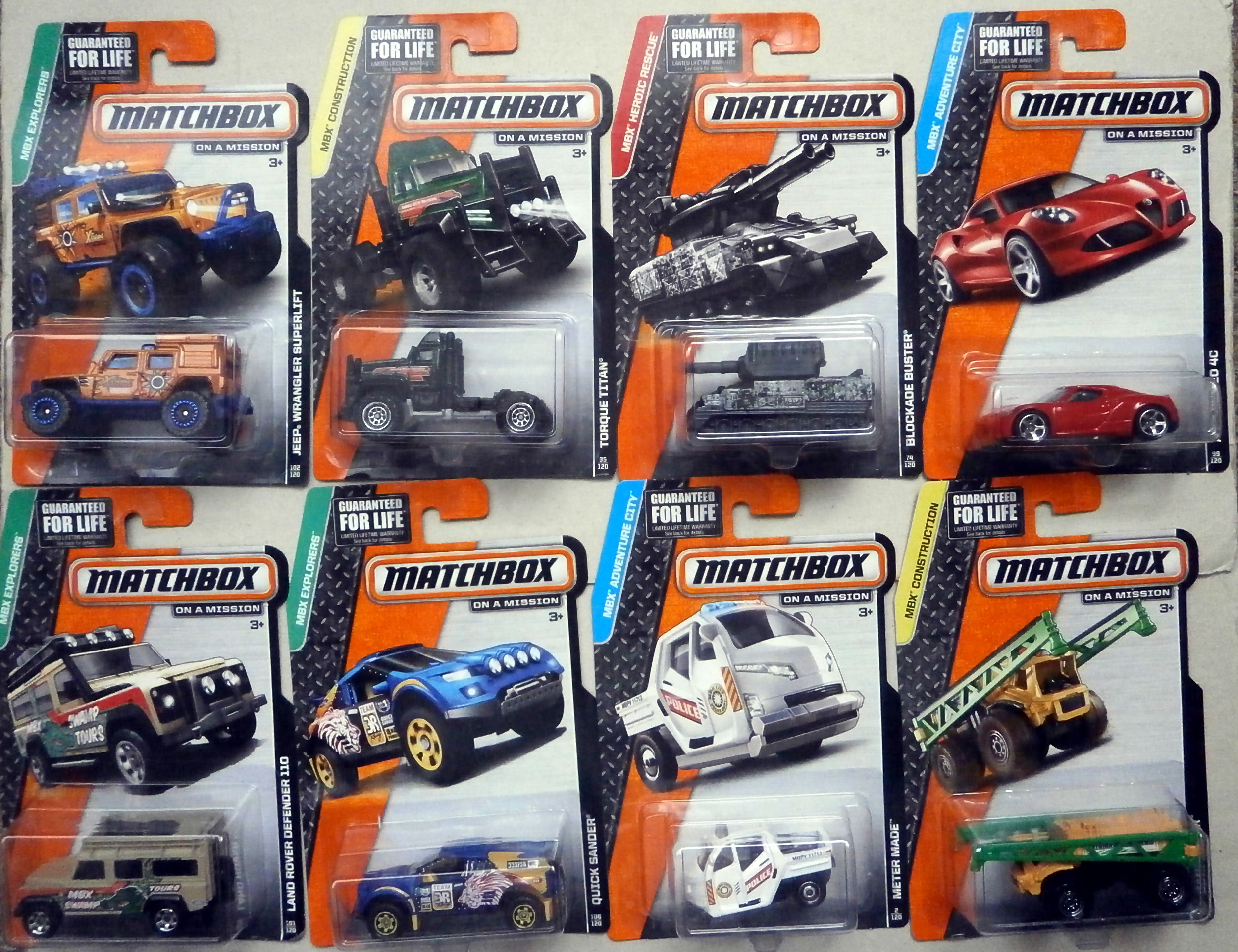
There were what seemed like countless versions of these sets, all which could be combined to create a mega town capable of taking over your parents’ entire house, subject to pocket money funds and parental willingness.

Creating my own towns, using the flexible world of Matchbox Metro sets (and their cheaper, but compatible counterparts). But what I remember most fondly is the joy of slotting together little pieces of plastic road and letting my imagination run riot. The Roadsīefore we delve into the cars, we should first examine the landscape these vehicles will be commanding.Ĭar mats have stead the course of time essentially rugs, that have an aerial or sometimes isometric town printed on them, all for your car playing delight, whilst making it comfier to lay on the floor and eat biscuits. Because that’s exactly what I want it to be. Now, I acknowledge that this video could rapidly descend into a whiny “It’s not like it used to be in my day” type of video. I doubt the minds of future generations will recall the excitement of picking through a tub of misshapen, crumpled boxes featuring 4 varieties of car whilst Mum’s off buying cabbages quite as much, as the wonder and awe of a little shop dedicated and packed to the brim with toys. In our current age, both the local toy shops and the racks of cars have largely disappeared instead, you’re likely to find a box of cars shoved in a tub on the bottom shelf of your local supermarket. All presented in “matchbox” like packaging with a clear window of plastic allowing you to see the wonderous vehicle inside. Tony Medland’s was the local toy shop in my home town of Cromer, and it used to have entire racks dedicated to these little scale models. There were other brands such as Corgi and Majorette who came pretty close and even exceeded the Matchbox mark in some cases, but Matchbox had the largest share of the market, the largest number of accessories and the widest array of cars to choose from.

What is the difference between Hot Wheels and Matchbox?.I asked Chat GPT why adults collect Matchbox cars.įollow Diecast Car Collector on.Buying, selling, exchanging at 1:64 meeting.Hot Wheels ’67 Mustang Coupe and Matchbox ’68 Mustang Coupe The Matchbox model is more like a Mini you would see on the road with simple graphics and more realistic proportions.īelow are two Mustang Coupes, on the left is the Hot Wheels model, which has larger rear wheels and a slightly more custom look than the Matchbox model to the right. I think the difference between the two brands is nicely illustrated by these two Minis, the Hot Wheels model (left) has a lot of graphics, a bump on the bonnet and is shorter and wider. Morris Mini (Hot Wheels) and Austin Mini (Matchbox) Hot Wheels has more fantasy elements and the cars tend to be slightly modded or hot rodded from the base car. Matchbox tends to be more focused on realism being copies of the cars and lorries ( Matchbox has far more lorries than Hot Wheels) that can be seen on the roads. However, I have more Hot Wheels in my collection because they are far more numerous and have a better distribution network.

I prefer Matchbox because of That Nostalgia Buzz they were the toy cars I grew up with. Matchbox is older having begun in England in the fifties, Hot Wheels came onto the scene in 1968 from the USA, with their fast wheels on piano wire axles. Hot Wheels and Matchbox are both diecast car brands owned by Mattel, they are roughly the same size around two and a half to three inches long at a nominative 1:64 scale. In this video I show some of the differences


 0 kommentar(er)
0 kommentar(er)
